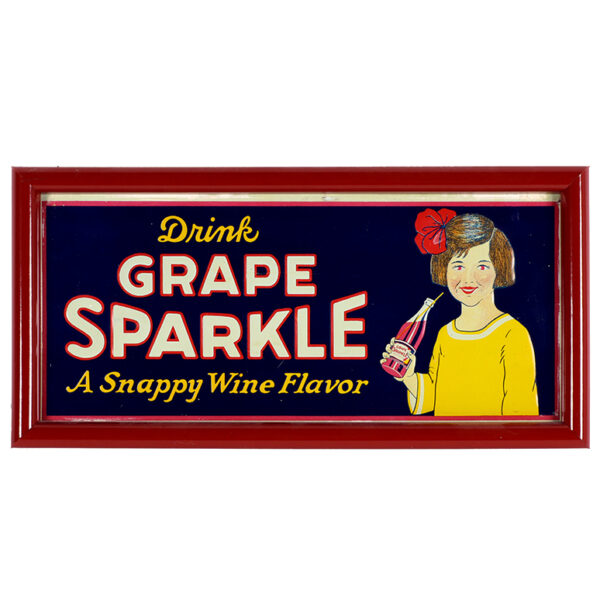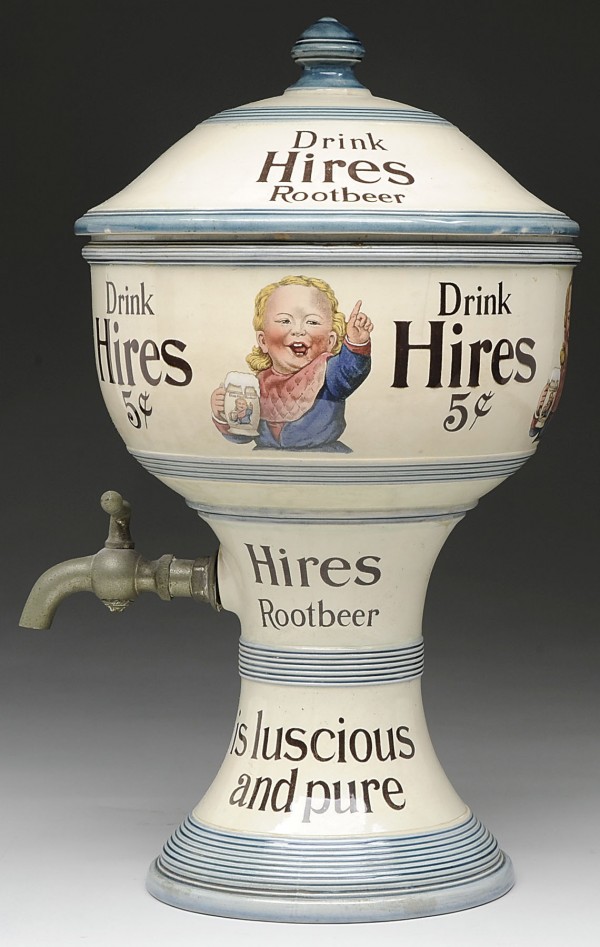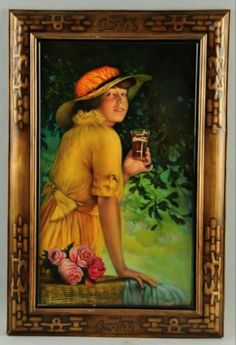
GRAPE SPARKLE SOFT DRINK, CARDBOARD SIGN. Ca. 1930
Featured here is a nice cardboard sign from the Grape Sparkle soda pop brand. I find this sign interesting as the brand claims to be a wine flavored drink, but does not designate itself as a soft drink, although it clearly was based on other advertising of the era. Circa 1930’s, when many brands were…




















